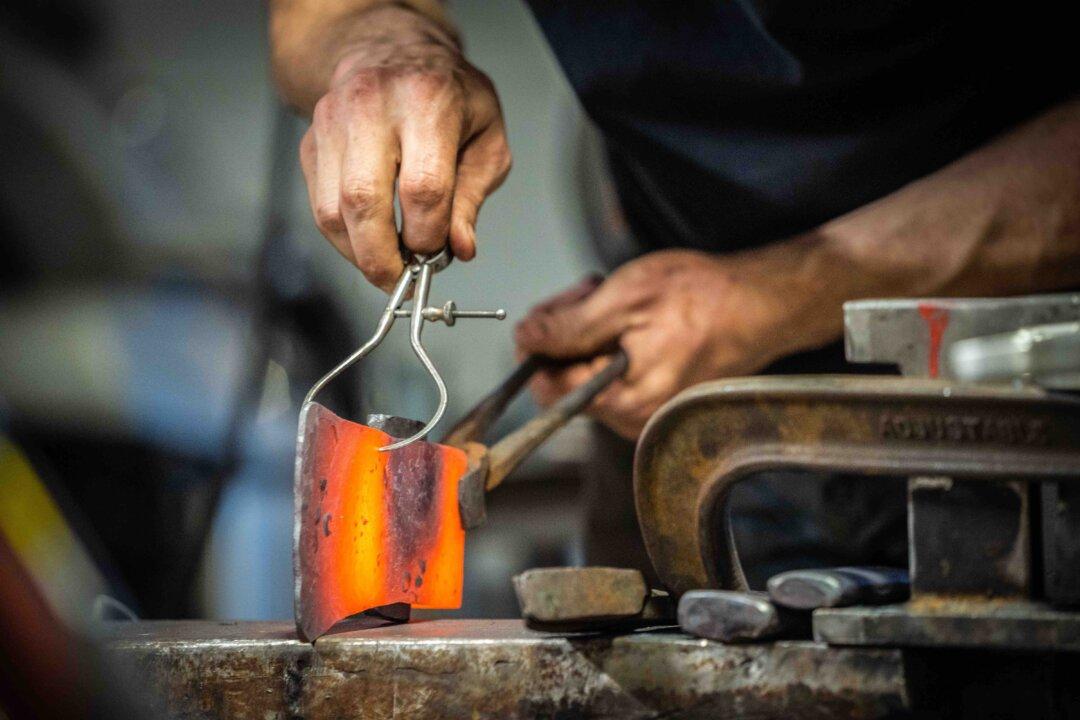This medieval wooden church is in such excellent condition it’s hard to believe it was built over 800 years ago. Happening upon Borgund Stave Church in Norway, you’d be forgiven for thinking you’d walked onto the set of a Tolkien fantasy film or a scene from “Game of Thrones.”
One of Norway’s most visited landmarks, the timber structure dating from around A.D. 1180 even features roof carvings of dragons’ heads. There are 28 stave churches left out of more than 100 that once existed in the Scandinavian country, a mark of its Viking heritage.






